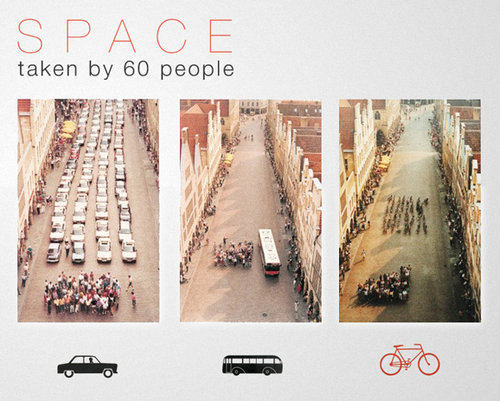
Paul Ip
Dear Mr. Ip,
Thank you for contacting me regarding reauthorization of federal surface transportation programs. I appreciate hearing from you on this important issue.
Efficient transportation systems are critically important to Washingtonians. In our state, we need to preserve and renew our existing surface transportation infrastructure, improve freight mobility, increase transit opportunities for commuters statewide, update the nation's largest commuter ferry system, replace bridges that have surpassed their usable lifespan, and make numerous upgrades to enhance safety for motorists. In addition to adding capacity to our road systems, we must enhance the transportation choices for commuters where that is feasible. We must also improve traffic systems using new technologies that help achieve greater efficiency and allow us to yield more capacity from the systems that we already have.
As you may know, Congress reauthorizes federal surface transportation programs every few years. This reauthorization sets funding levels for a variety of surface transportation programs including new highway construction, infrastructure repairs, public transit projects, high-speed passenger rail programs, and many others. The most recent reauthorization, the Safe, Accountable, Flexible, Efficient Transportation Equity Act: a Legacy for Users (SAFETEA-LU) was passed in 2005 and expired in September of 2009. However, Congress passed a series of short-term extensions of the reauthorization, with the most recent extension lasting through March 31, 2012. Four Senate committees have been working on new legislation to reauthorize surface transportation programs. The bill is now being considered, with amendments, on the Senate floor. I am hopeful a permanent reauthorization will pass the Senate and will keep your views in mind as the Senate considers the details of the surface transportation reauthorization legislation.
You may also be interested to learn I introduced the FREIGHT Act (S. 371) on February 16, 2011. If enacted, this legislation would establish the nation's first strategic plan for freight and would identify bottlenecks to reduce delays and increase reliability. More than one million jobs in our state are in freight-dependent industries. In 2010, over 533 million tons of freight moved in Washington and by 2040, that number is expected to grow by up to 86 percent. The FREIGHT Act would help Washington state grow its robust trade economy by making investments to modernize and improve the efficiency of Washington's intermodal freight network, which includes ports, freight railways, air cargo infrastructure, highways, and pipelines. It would reduce national freight transportation-related carbon dioxide levels by 40 percent by 2030 and reduce the impact of transportation-related air, water, and noise pollution on the ecosystem and local communities.
In addition, the FREIGHT Act would create a new competitive grant program for freight-specific infrastructure projects, such as port infrastructure improvements, freight rail capacity expansion projects, and highway projects that improve access to freight facilities. A new Office of Freight Planning and Development would be created within the Department of Transportation that would coordinate efforts to improve the efficiency and operation of all modes of the national freight transportation system. On December 14, 2011, the Senate Commerce Committee approved, by a voice vote, an amendment I introduced to include provisions of the FREIGHT Act in surface transportation reauthorization legislation.
Thank you again for contacting me to share your thoughts. You may also be interested in signing up for periodic updates for Washington State residents. If you are interested in subscribing to this update, please visit my website at http://cantwell.senate.gov. Please do not hesitate to contact me in the future if I can be of further assistance.
Sincerely,
Maria Cantwell
United States Senator


